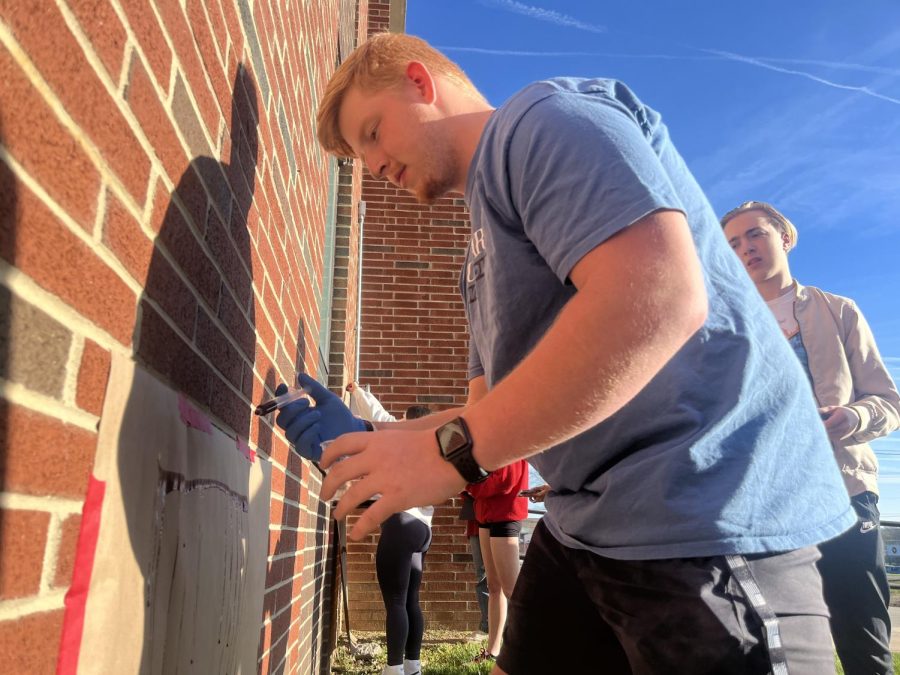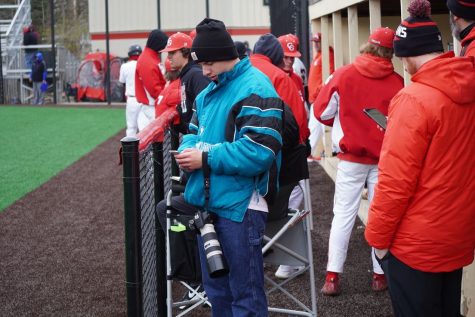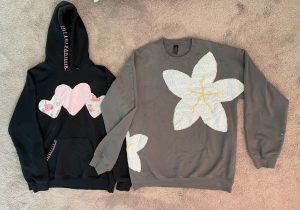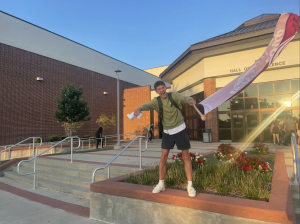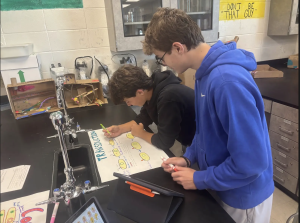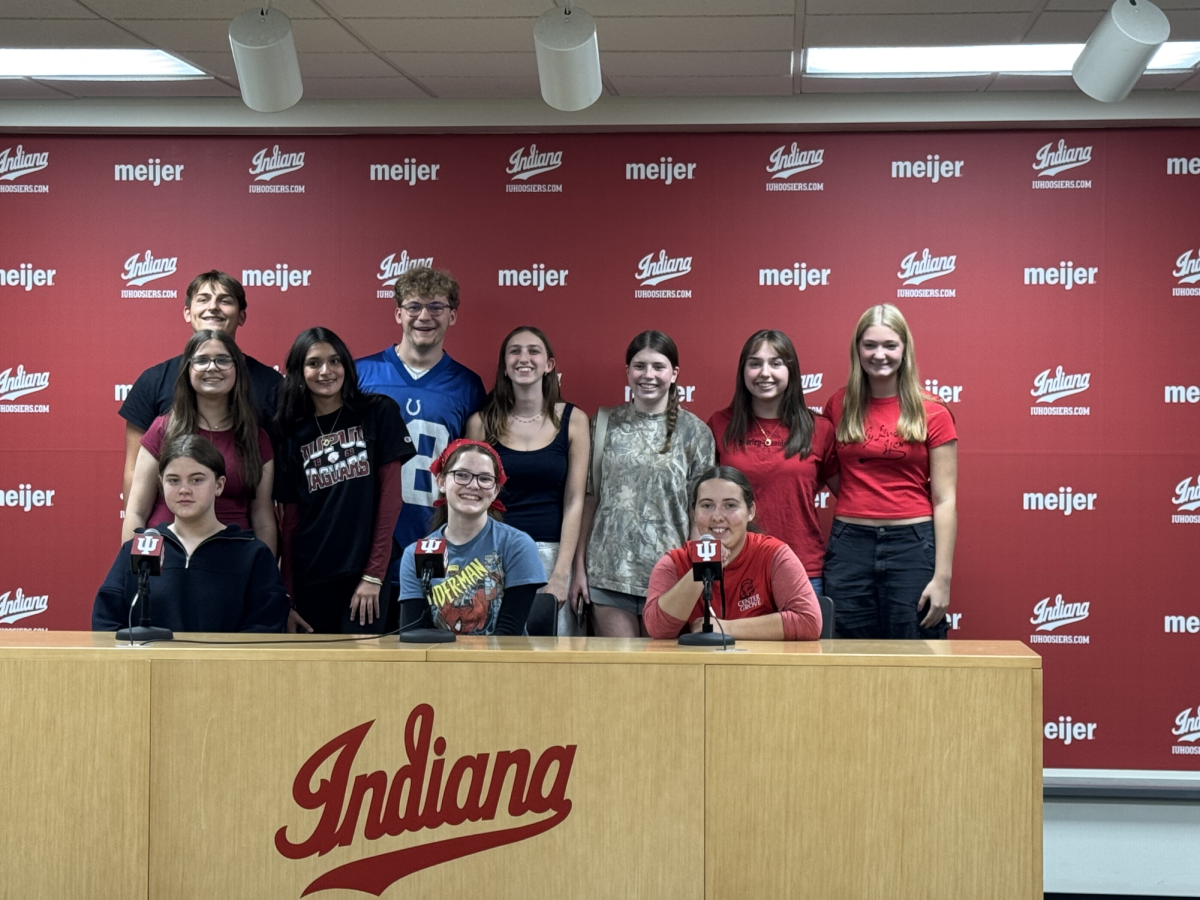The science of blood spatters
Forensics students recreate blood spatters to study crime scenes
Senior Logan Cravens practices forming blood splatters against a wall on Thursday during Sommer Meyer’s forensics class.
April 15, 2023
Editor’s note: This story was produced on Friday, April 14 but was held because of the graphic content. On Friday, Center Grove canceled classes due to bomb threats that were revealed to be false.
On Thursday, forensics students participated in a blood spatter lab using tools like hammers and bats to recreate a crime scene. This lab included spattering blood at different forces and angles in order to analyze the ways in which the blood took shape.
“The lab was measuring how long or wide blood spatters were to figure out different cases of murder,” junior Claire Slusher said.
There are many factors that go into how blood moves. Analyzing blood spatter at a crime scene can aid in determining the direction the blood came from, the angle of impact and the point of origin and the velocity of the blood.
“I liked dropping the blood on the paper outside and watching how it moves and drops,” senior Logan Cravens said. “I learned how the blood moves and spreads at different angles and at different forces of impact.”
Although the idea of a blood spatter may seem unappealing, some find the blood spatter lab to be a fun twist to the otherwise gory situation.
“With the spattering and bludgeoning that we do, students tend to get after it a lot in this classroom,” forensics teacher Sommer Meyer said. “Students have a lot of fun when it comes to pattern recognition because it’s something they’ve been working on since they were two years old.”
There are many skills required to become adept in forensics, and pattern recognition is a basic, yet important one. By recognizing the pattern in which the blood has shaped, forensic scientists can draw conclusions from the markings.
“We recognize a hand smear or wipe as a pattern since that means the person was dragged,” Slusher said. “When hitting the sponge soaked in blood with a hammer, we are replicating a murderer hitting someone in the head and detecting the blood spatters.”
On top of replicating crime scenes and determining causes, students were also able to observe blood spatters in different situations and blood spurts.
“My favorite part about this lab is that we were able to see what different types of blood spatter looked like in different scenarios,” senior Ciarra Breckenridge said. “Mrs. Meyer even let us go outside and test different types of blood spurts.”
Sam Findley contributed to this article.


